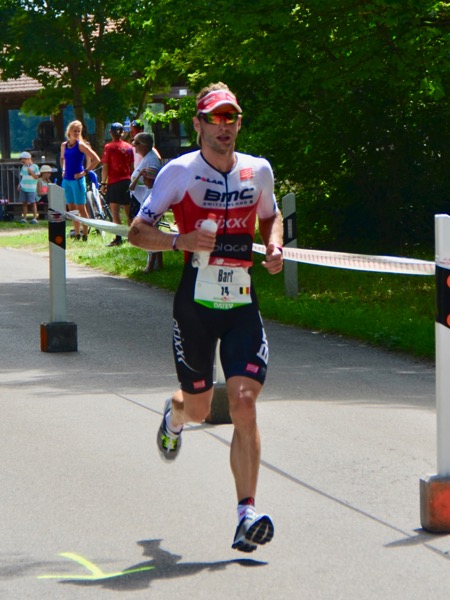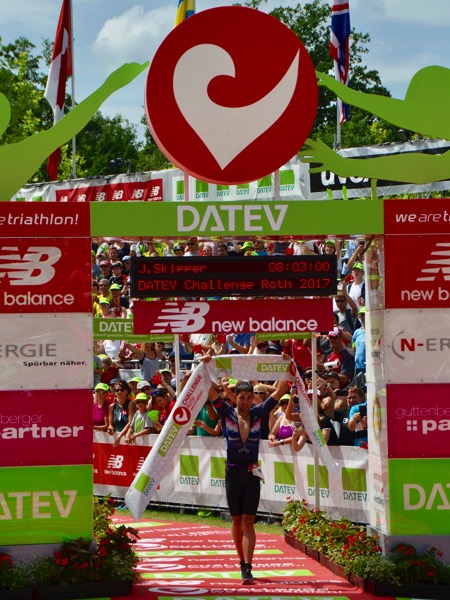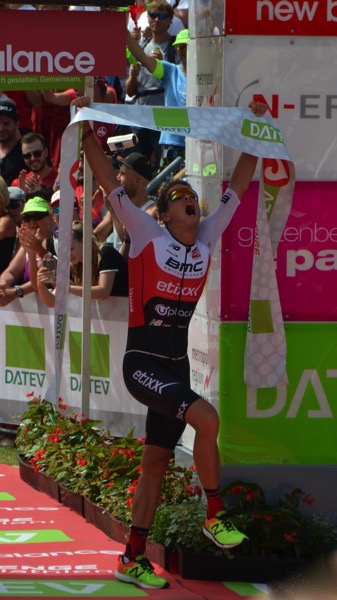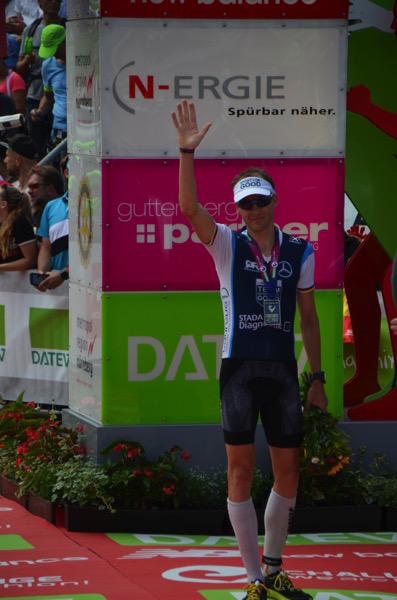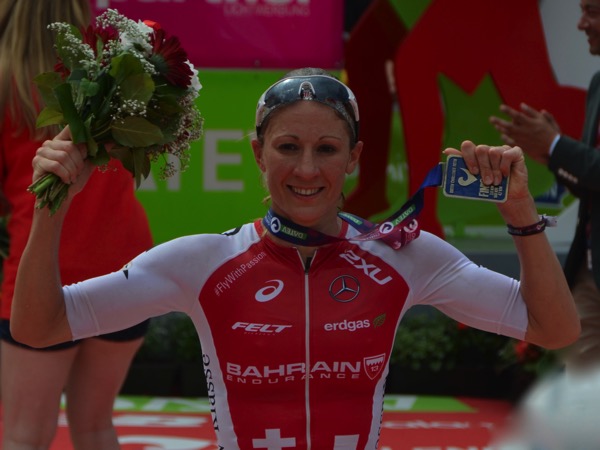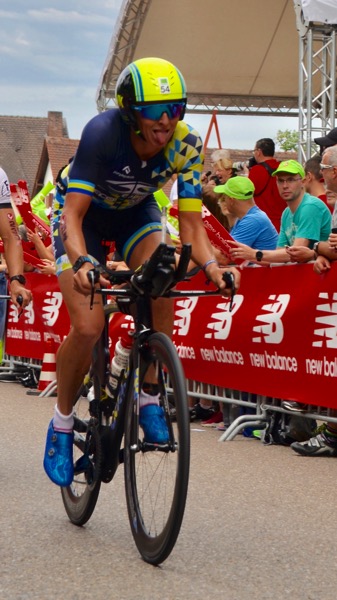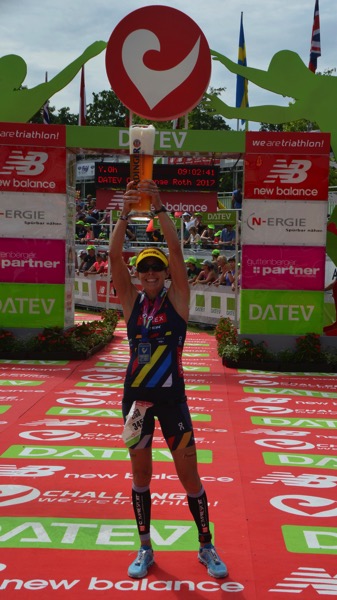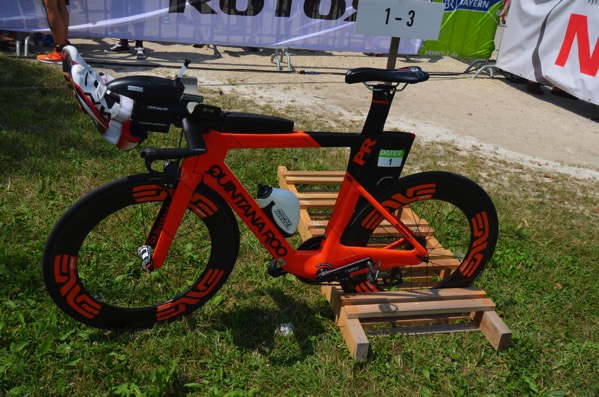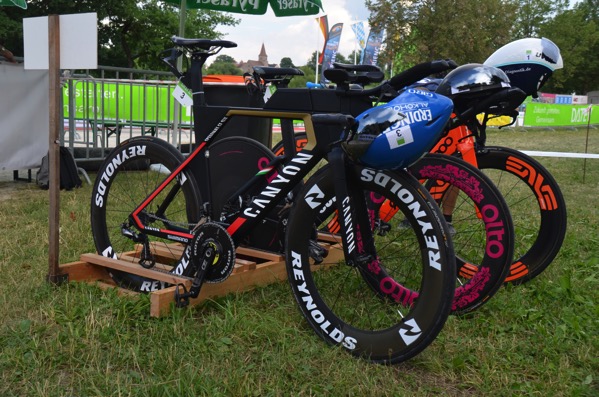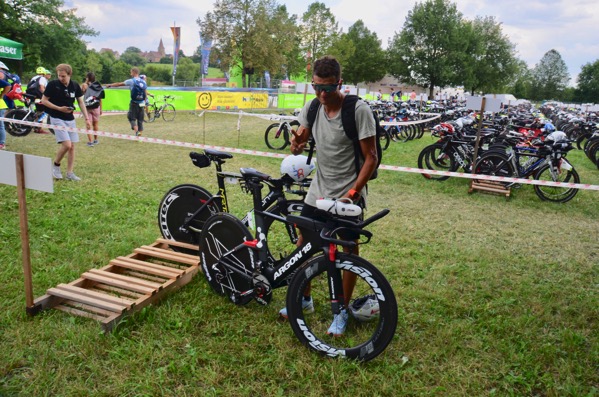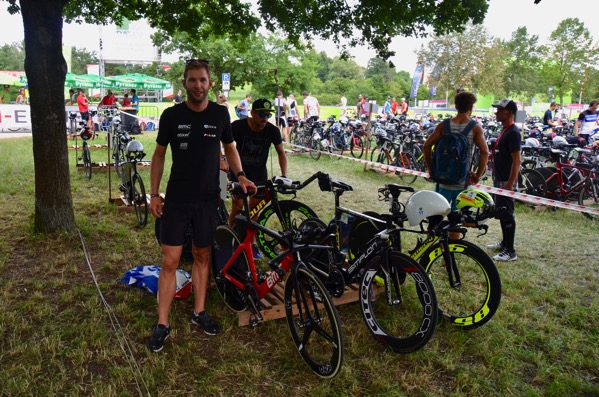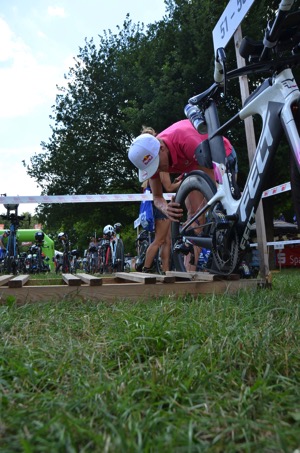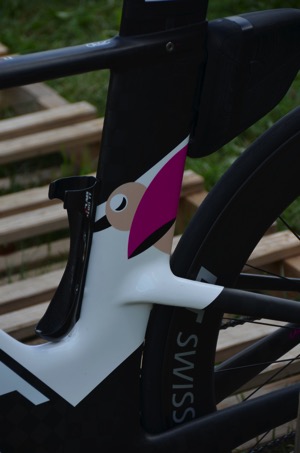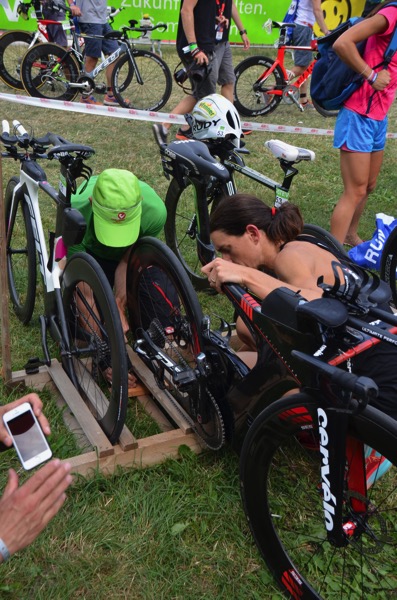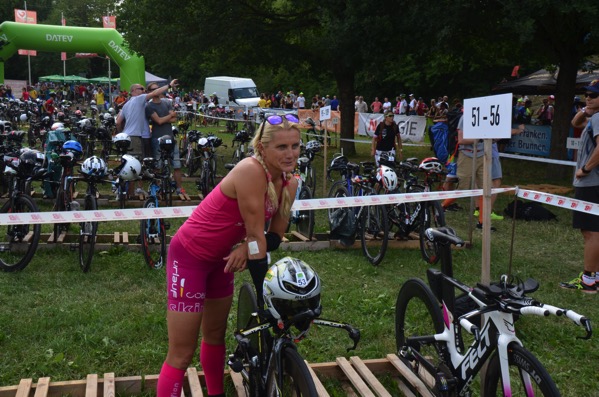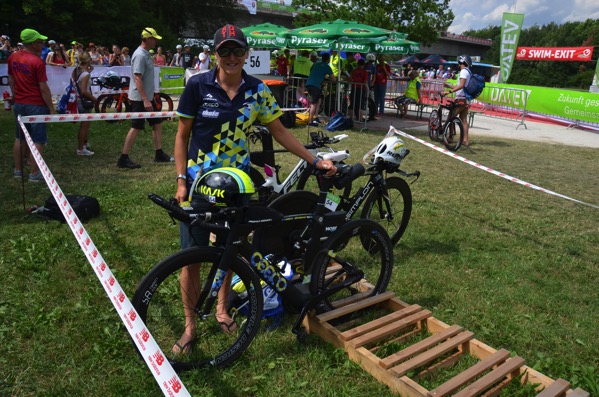Ironman Canada (Whistler, July 30th) – Seedings
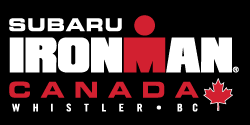 Update: July 27th: In the latest startlist both Malindi Elmore and Jenni Fletcher are no longer racing.
Update: July 27th: In the latest startlist both Malindi Elmore and Jenni Fletcher are no longer racing.
Previous Winners
| Year | Male Winner | Time | Female Winner | Time |
| 2013 | Trevor Wurtele (CAN) | 08:39:33 | Uli Bromme (USA) | 09:28:13 |
| 2014 | Marino Vanhoenacker (BEL) | 08:16:10 | Bree Wee (USA) | 09:46:58 |
| 2015 | Viktor Zyemtsev (UKR) | 08:49:46 | Danielle Mack (USA) | 09:46:19 |
| 2016 | Andy Potts (USA) | 08:20:23 |
Last Year’s TOP 3
The 2016 race was a MPRO-only race.
Male Race Results
| Rank | Name | Nation | Swim | Bike | Run | Time |
| 1 | Andy Potts | USA | 00:47:03 | 04:31:07 | 02:58:19 | 08:20:23 |
| 2 | Pedro Gomes | POR | 00:49:52 | 04:40:55 | 02:53:18 | 08:27:31 |
| 3 | Trevor Wurtele | CAN | 00:49:50 | 04:41:17 | 02:55:53 | 08:30:25 |
Course Records
| Leg | Gender | Record | Athlete | Date |
| Total | overall | 08:16:10 | Marino Vanhoenacker | 2014-07-27 |
| Swim | overall | 00:47:03 | Andy Potts | 2016-07-24 |
| Bike | overall | 04:31:07 | Andy Potts | 2016-07-24 |
| Run | overall | 02:40:34 | Jeff Symonds | 2014-07-27 |
| Total | female | 09:28:13 | Uli Bromme | 2013-08-25 |
| Swim | female | 00:53:09 | Anna Cleaver | 2014-07-27 |
| Bike | female | 05:13:51 | Uli Bromme | 2013-08-25 |
| Run | female | 03:06:53 | Uli Bromme | 2013-08-25 |
Course Rating
The Course Rating for IM Canada is – 03:18.
Race Adjustments for IM Canada
| Year | Adjustment | Swim Adj. | Bike Adj. | Run Adj. | # of Finishers | Rating | Swim Rating | Bike Rating | Run Rating |
| 2013 | 02:06 | 00:21 | 00:15 | -00:40 | 24 | 02:06 | 00:21 | 00:15 | -00:40 |
| 2014 | 01:11 | 00:26 | -02:26 | -02:27 | 15 of 17 | 01:39 | 00:24 | -01:06 | -01:33 |
| 2015 | -18:46 | 00:28 | -13:17 | -04:09 | 23 of 33 | -05:10 | 00:25 | -05:10 | -02:25 |
| 2016 | 02:15 | 01:27 | 04:12 | 04:59 | 12 of 15 | -03:18 | 00:40 | -02:49 | -00:34 |
KPR points and Prize Money
IM Canada is a WPRO-only P-2000 race. It has a prize purse of 80.000 US$.
Female Race Participants
The strength of the field is 6% of a typical Kona field.
| Rank | Bib | Name | Nation | Expected Time | Rating | Exp. Swim | Exp. Bike | Exp. T2 | Exp. Run | Consistency | Overall |
| 1 | 6 | Rachel Joyce | GBR | 09:09:49 | 09:05:49 | 00:51:42 | 05:07:10 | 06:03:52 | 03:05:57 | 78% +22% -0% (18) | 3 |
| 2 | 7 | Linsey Corbin | USA | 09:25:16 | 09:20:53 | 00:57:44 | 05:14:13 | 06:16:57 | 03:08:19 | 92% +8% -0% (22) | 16 |
| 4 | 3 | Melanie McQuaid | CAN | 09:34:28 | 09:43:58 | 00:57:12 | 05:11:22 | 06:13:35 | 03:20:53 | 100% +0% -0% (2) | (56) |
| 5 | 1 | Danielle Mack | USA | 09:37:47 | 09:44:15 | 01:01:20 | 05:20:50 | 06:27:10 | 03:10:37 | 52% +12% -36% (10) | 56 |
| 6 | 4 | Jen Annett | CAN | 09:43:58 | 09:56:10 | 01:02:23 | 05:16:48 | 06:24:11 | 03:19:47 | 60% +20% -20% (5) | 75 |
| 7 | 2 | Uli Bromme | USA | 09:46:35 | 09:47:51 | 01:02:22 | 05:19:12 | 06:26:34 | 03:20:01 | 62% +22% -16% (15) | 61 |
| 8 | 9 | Rachel McBride | CAN | 09:46:53 | 09:58:00 | 00:55:58 | 05:13:10 | 06:14:08 | 03:32:45 | n/a (1 IM Pro race) | (77) |
| 9 | 18 | Leslie DiMichele Miller | USA | 09:48:23 | 09:52:52 | 00:57:34 | 05:30:13 | 06:32:47 | 03:15:36 | 55% +25% -20% (6) | 68 |
| 10 | 5 | Mackenzie Madison | USA | 09:49:54 | 10:03:03 | 00:58:37 | 05:22:02 | 06:25:40 | 03:24:14 | 35% +7% -58% (13) | 87 |
| 11 | 8 | Karen Thibodeau | CAN | 09:58:33 | 10:04:38 | 00:53:39 | 05:31:14 | 06:29:53 | 03:28:40 | 72% +0% -28% (14) | 93 |
| 12 | 19 | Nicole Valentine * | USA | 10:06:35 | 10:11:32 | 01:01:39 | 05:36:02 | 06:42:41 | 03:23:54 | 68% +32% -0% (3) | 104 |
| 13 | 13 | Alyssa Godesky | USA | 10:08:26 | 10:11:05 | 01:00:30 | 05:36:09 | 06:41:39 | 03:26:47 | 67% +25% -9% (17) | 102 |
| 14 | 17 | Fawn Whiting | CAN | 10:11:24 | 10:22:58 | 01:06:08 | 05:38:11 | 06:49:19 | 03:22:05 | n/a (1 IM Pro race) | (126) |
| 15 | 11 | Christine Fletcher | CAN | 10:11:43 | 10:11:54 | 00:58:25 | 05:31:49 | 06:35:14 | 03:36:29 | 69% +6% -25% (21) | (106) |
| 17 | 15 | Jessica Smith | USA | 10:16:34 | 10:18:46 | 00:54:58 | 05:35:19 | 06:35:17 | 03:41:17 | 79% +0% -21% (8) | 120 |
| 18 | 21 | Maggie Rusch | USA | 10:21:01 | 10:25:22 | 01:02:05 | 05:35:33 | 06:42:37 | 03:38:24 | 53% +13% -34% (6) | 131 |
| 19 | 16 | Steph Corker | CAN | 10:27:29 | 10:34:59 | 00:59:55 | 05:45:36 | 06:50:32 | 03:36:57 | 100% +0% -0% (2) | (148) |
| 20 | 22 | Kyra Wiens | USA | 10:34:57 | 10:46:59 | 01:01:44 | 05:44:07 | 06:50:51 | 03:44:06 | n/a (1 IM Pro race) | (155) |
| 21 | 14 | Liz Baugher | USA | 10:46:32 | 10:58:46 | 00:58:20 | 05:51:20 | 06:54:40 | 03:51:52 | n/a (1 IM Pro race) | (158) |
| 22 | 20 | Carrie Mccoy | USA | 11:14:20 | 11:27:06 | 01:13:33 | 05:51:23 | 07:09:56 | 04:04:24 | 63% +0% -37% (2) | (161) |
Note: Athletes with a ‘*’ are also registered for another race within 8 days.
Winning Odds
- Rachel Joyce: 85% (1-1)
- Linsey Corbin: 8% (11-1)
- Melanie McQuaid: 3% (28-1)
- Danielle Mack: 2% (55-1)
 Previous Winners
Previous Winners